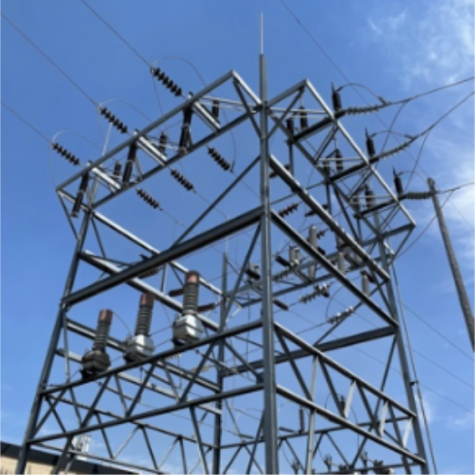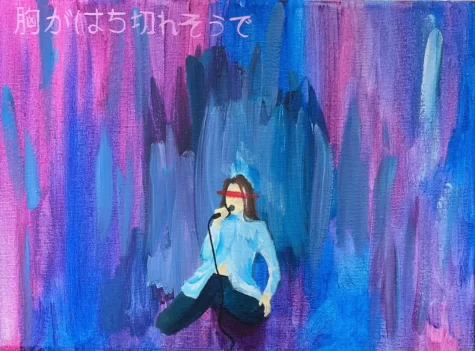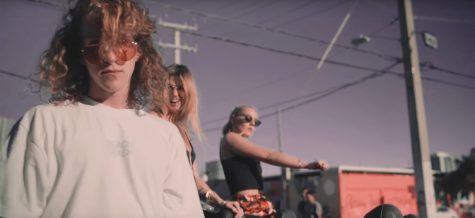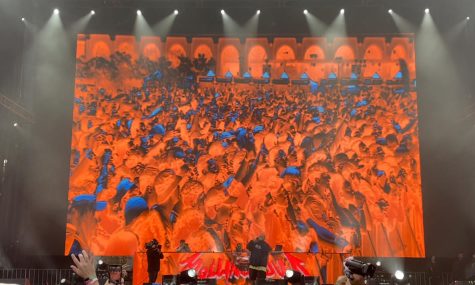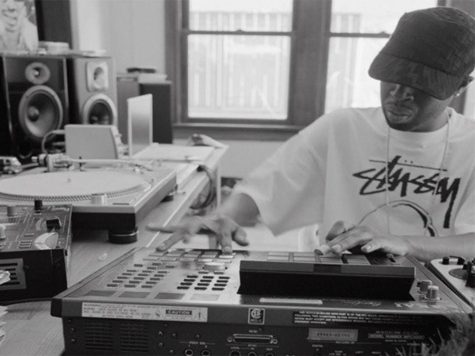The Music Safari: Kimbra’s Version of Pop
November 12, 2012
Initially known as “the girl on that Gotye song,” Kimbra has now made a name for herself following a wildly successful debut album that has been certified platinum in her native New Zealand and Australia and headlined an Australian and North American tour. In fact, she was in D.C. a few weeks ago which I’d regrettably missed.åÊThrough hard work and an insane amount of talent, Kimbra has finally garnered worldwide attention and praise.
Kimbra started writing music at the age of 10 and quickly learned how to play the guitar at 12. By 17, she had already relocated to Melbourne, Australia from New Zealand after getting signed.åÊHer debut album,åÊVows,åÊwas three years in the making. It’s mostly self-produced and showcases her songwriting prowess.åÊSo far, her accolades include several ARIA wins (the Australian version of the Grammys) and a win in the International Songwriting Competition.
Vows is soul-pop perfection. Kimbra ventures into a side of pop music that has the potential to be aural art. From jazzy beats to interesting vocalizations, Vows has something appealing for every demographic. The lead single “Settle Down” begins with simple vocal harmonies in a loop, setting an eerie tone to the song. This song really highlights her brilliant voice, letting her voice become the main instrument while a moving percussion line and a few piano chords takeåÊthe background.
In her second single “Cameo Lover” Kimbra puts a twist on a song about a halfhearted beau that makes it upbeat and extremely catchy. While the original song is rife with sweeping, steady instrumentals, it’s when she plays the acoustic version that one can really appreciate her intricate lyrics and detailed vocals. At a live performance, stripped down to just her guitar, it’s clear to see that she is a force of pure, raw talent.
The sixth single, available on the U.S. edition of the album but not on the original, is “Come Into My Head,” a soulful pop song that is anachronistic in this era of dubstep and computer-generated tunes. However, the intense but structured arrangement and Kimbra’s powerful voice immediately draws listeners to the song. It also helps that the accompanying music video is rightfully representative of the song; Kimbra is frantically trying to convince listeners to really see what’s going on in her head. It’s crazy, it’s shocking, butåÊeven when she acts like a maniac, Kimbra still manages to look elegant and chic.
Vows is a gorgeous and creative album that leaves one craving for more.





